Daily ridership 2,464,000 (FY2013) Began operation May 20, 1933 Number of stations 133 | Opened 1933 Number of lines 8 (+ 1 People Mover) Transit type Rapid transit | |
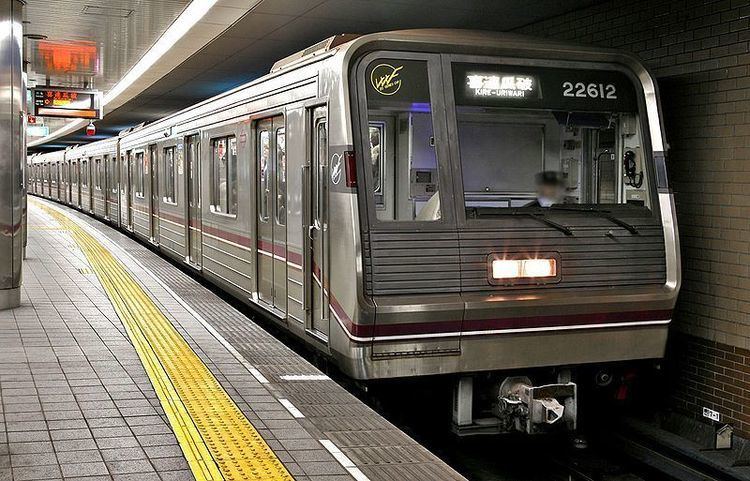 | ||
Native name 大阪市営地下鉄
Ōsaka-shiei chikatetsu Locale Osaka and Keihanshin region, Japan System length 129.9 km (80.7 mi)
137.8 km (85.6 mi) (incl.
People Mover) Track gauge 1,435 mm (4 ft 8 ⁄2 in) standard gauge Electrification Third rail lines: 750 V DC, third rail
Sakaisuji Line and linear motor metro lines: 1,500 V DC, overhead lines Operator Osaka Municipal Transportation Bureau | ||
Riding the rails on the osaka municipal subway
Osaka Municipal Subway (大阪市営地下鉄, Ōsaka-shiei chikatetsu) is the metro network in the city of Osaka (and also serving Higashiosaka, Kadoma, Moriguchi, Sakai, Suita, and Yao), Japan, forming an integral part of the extensive mass transit system of Greater Osaka (Kansai region), having 123 out of the 1,108 rail stations (2007) in the Osaka-Kobe-Kyoto region. In 2010 the greater Osaka region had 13 million rail passengers daily (see Transport in Keihanshin) of which the Osaka subway accounts for 2.29 million. It is operated by the Osaka Municipal Transportation Bureau. The Osaka Municipal Subway holds the distinction of being the only subway system in Japan to be legally classified as a tramway, whereas all other subway systems in Japan are legally classified as railways. Despite this, the Osaka Municipal Subway has characteristics typical of that of a full-fledged metro system.
Contents
- Riding the rails on the osaka municipal subway
- Japan subways osaka municipal subway mid suji line in shin osaka station
- Overview
- History
- Rolling stock
- Electric motored
- Linear motored
- Lines
- Planned line and extensions
- Fares
- 1970 gas explosion
- References
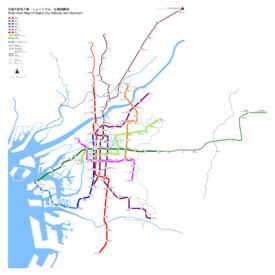
Japan subways osaka municipal subway mid suji line in shin osaka station
Overview
The Midōsuji Line is the main and busiest line in the whole subway network.
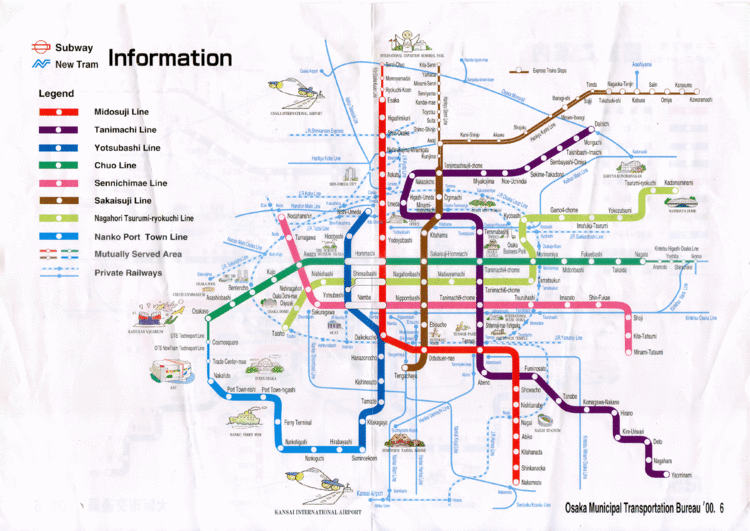
Each station is numbered by the letter the train line starts with and a number, for example, Higobashi Station on the Yotsubashi Line is also known as Y12. All directional signs are written in Japanese and English. On trains, the next station, transfer lines and which side the door will open is automatically announced in Japanese, followed by and automated English announcement, which includes the station number. Local businesses near the next station are then announced in Japanese.
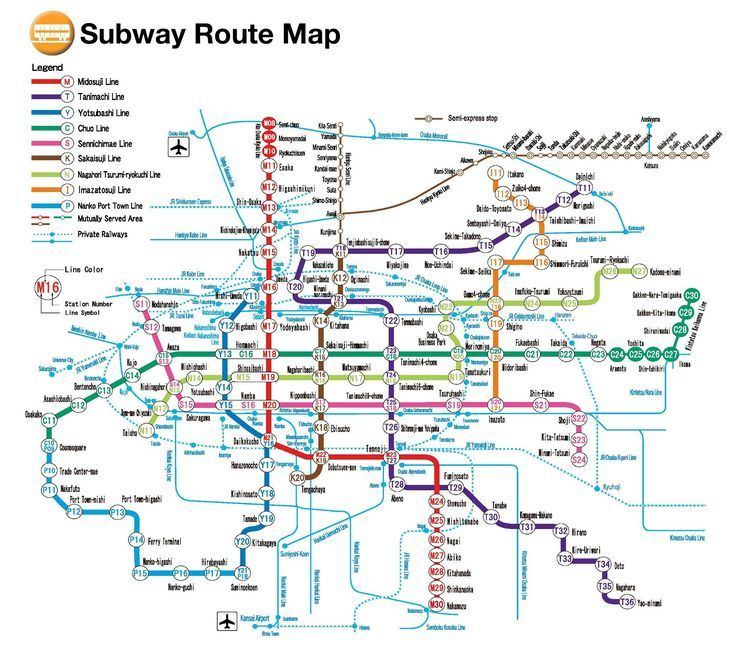
The Nagahori Tsurumi-ryokuchi Line, Imazatosuji Line and Sennichimae Line all have platform screen doors. Unlike other rapid transits in Japan, Osaka Municipal Subway uses third rail system as its primary electric system for trains (lines that don't use third rail are the Sakaisuji Line, the Nagahori Tsurumi-ryokuchi Line and the Imazatosuji Line which use overhead catenary).
History
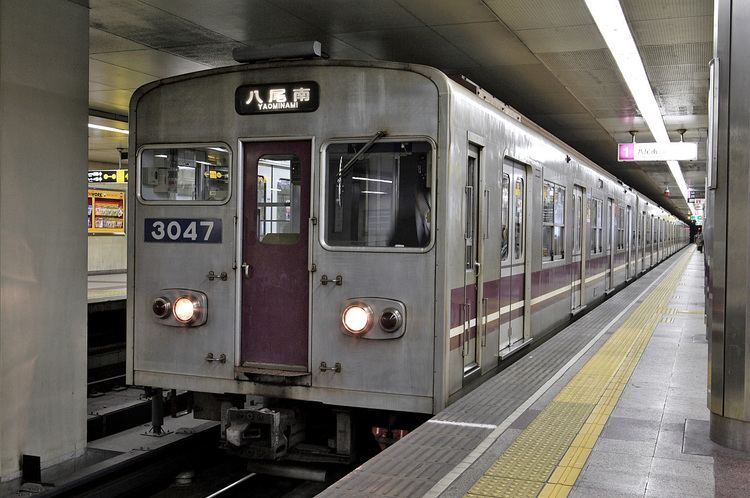
The Osaka Municipal Subway's first service, the Midōsuji Line from Umeda to Shinsaibashi, opened in 1933. A proposal to privatize the Osaka subway was sent to the city government in February 2013, is still under consideration. The privatization would bring private investors to Osaka and could help revive Osaka's economy. The subway could be valued at over 600 billion yen.
Rolling stock
Osaka Municipal Subway rolling stock is divided into conventional electric motored trains and linear motored trains.
Electric motored
Linear motored
Lines
Currently, there are eight subway lines, operating on 129.9 kilometers (80.7 mi) and serving 123 stations; there is also a 7.9-kilometer (4.9 mi) long, 10 station automated people mover line operated by the Osaka Municipal Transportation Bureau:
Planned line and extensions
In addition, there are four line extensions and one new line that are planned. However, on August 28, 2014, the Osaka Municipal Transportation Bureau met about creating the extensions of the later four of the five lines listed below, and have stated considering the current cost of the new extensions and the possibility of privatization, the government has also thought creating light rail transit or bus rapid transit instead.
Fares
Osaka Municipal Subway charges fares of between 180 yen and 370 yen for single rides for adult passengers based on distance traveled. Some discount fares exist.
1970 gas explosion
On April 8, 1970, a gas explosion occurred during the construction of the Tanimachi Line at Tenjimbashisuji Rokuchōme Station, killing 79 people and injuring 420. The gas leaked out from a detached joint and filled the tunnel and exploded, creating a fire pillar of over 10 meters and destroyed 495 houses and buildings.
